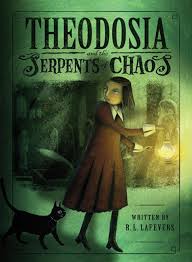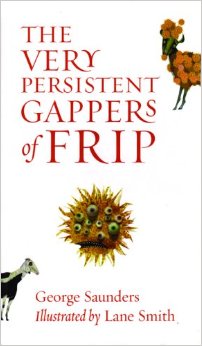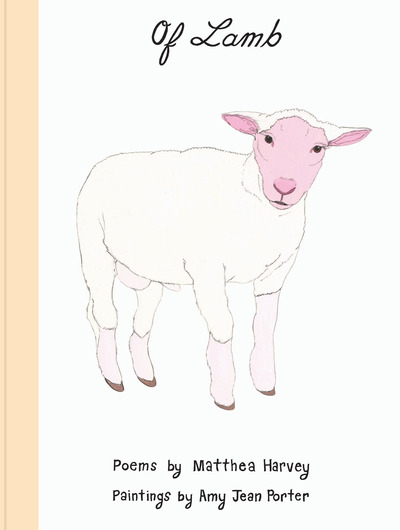Books for Precocious Kids and Big-hearted Grownups
~by Dan Pinkerton
Theodosia and the Serpents of Chaos, by R.L. LaFevers
Like many households, ours is in the midst of a Sherlock kick. I tried explaining to my kids that Sherlock Holmes first appeared back in the nineteenth century, but I think it’s still tough for them to envision him without a cell phone and unlimited free texting. We powered through the current season in a bit of inspired binge viewing and were left afterwards with that pang of emptiness one experiences when forced to bid farewell—even if temporarily—to a beloved TV companion, whether Walter White or the Starks of Winterfell or the rebooted Sherlock Holmes, that “highly-functioning sociopath.”
To fill the void, I suggested we watch the 1985 Barry Levinson film Young Sherlock Holmes, a reimagining of the character as a teenaged student. Penned by Chris Columbus (who would later adapt Harry Potter for the screen), the script stays true to Doyle’s vision of Sherlock. Even as a youth, Holmes’s powers of perception are astute, and during the course of the film he acquires his trademark affectations—the violin, the pipe, the funny hat…even Watson.
My parents took me to see Young Sherlock Holmes when I was ten, and it made quite an impression on me, but in the intervening years I hadn’t re-watched it, so I was curious how the movie (and I) had aged. Inevitably, Young Sherlock Holmes wasn’t as magical as I remembered, but it was still well worth the three-dollar rental fee. My wife spent parts of the movie toying with her phone and clearing the dinner dishes and my six year-old daughter lost interest midway through, but my eight year-old son remained rapt throughout. Continue reading
![[PANK]](https://pankmagazine.com/wp-content/themes/pank/assets/images/pank-logo-large.png)



